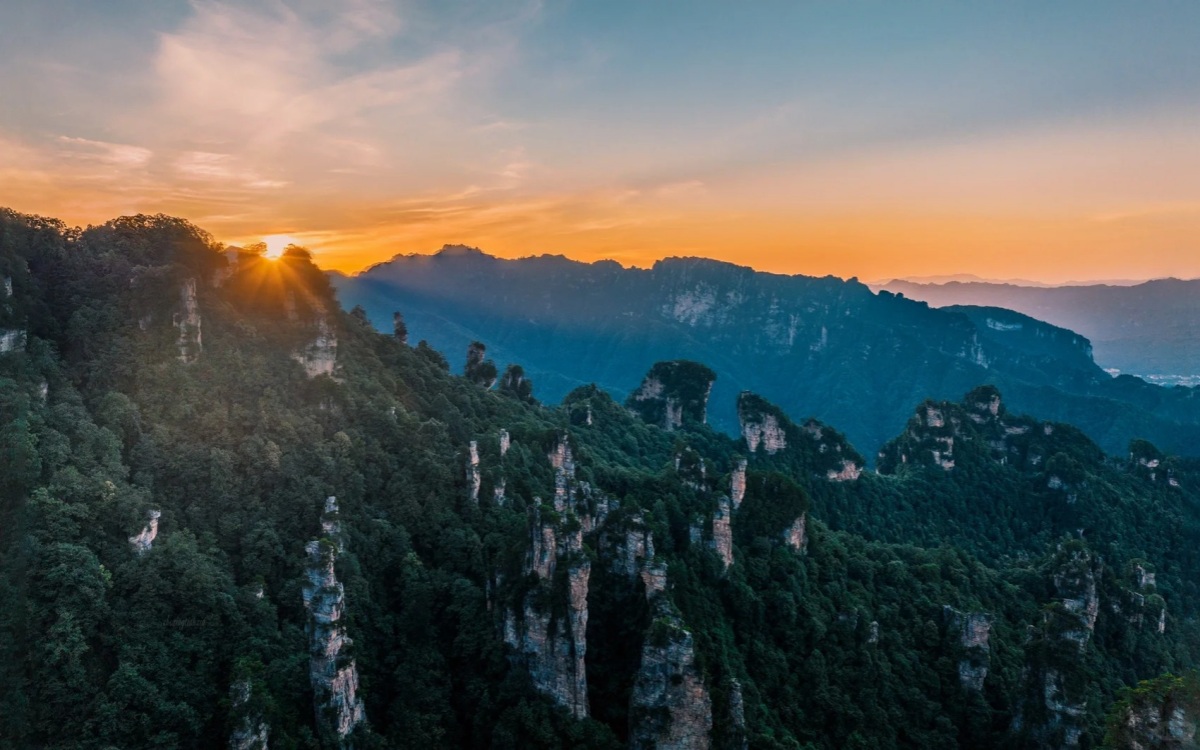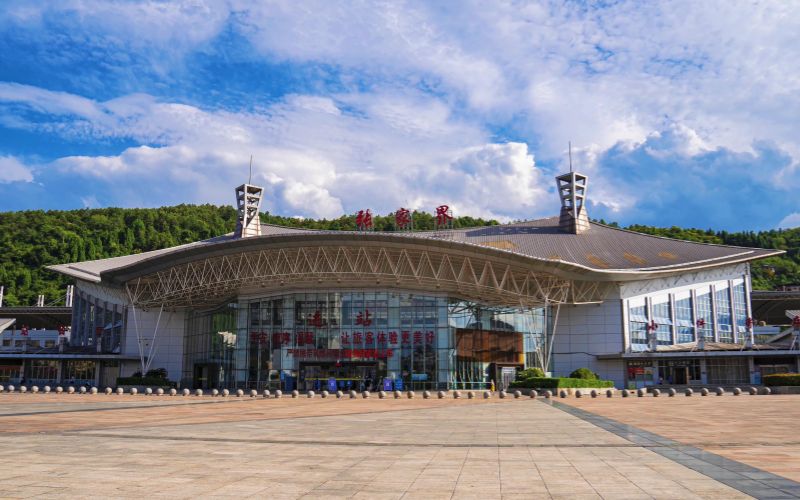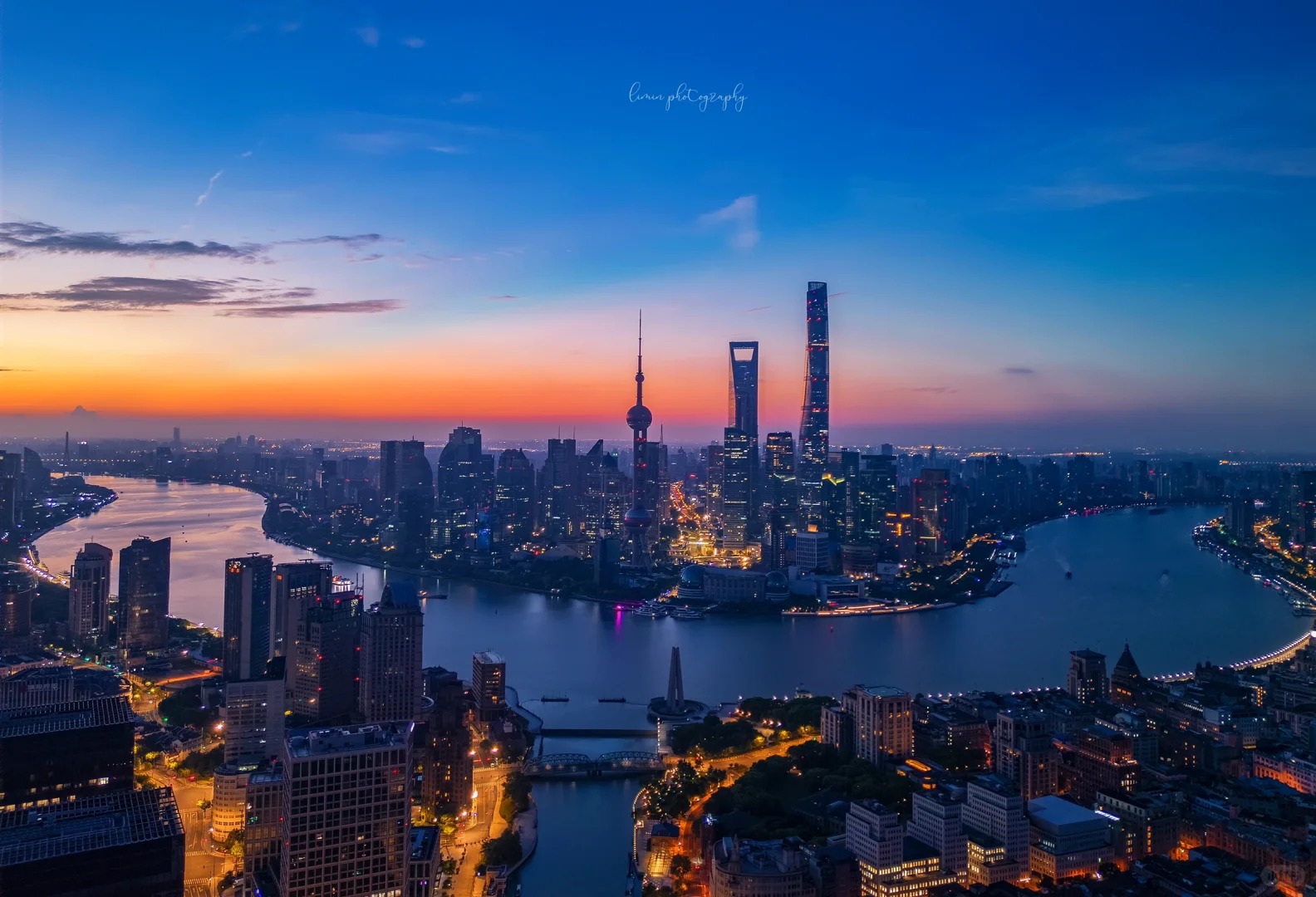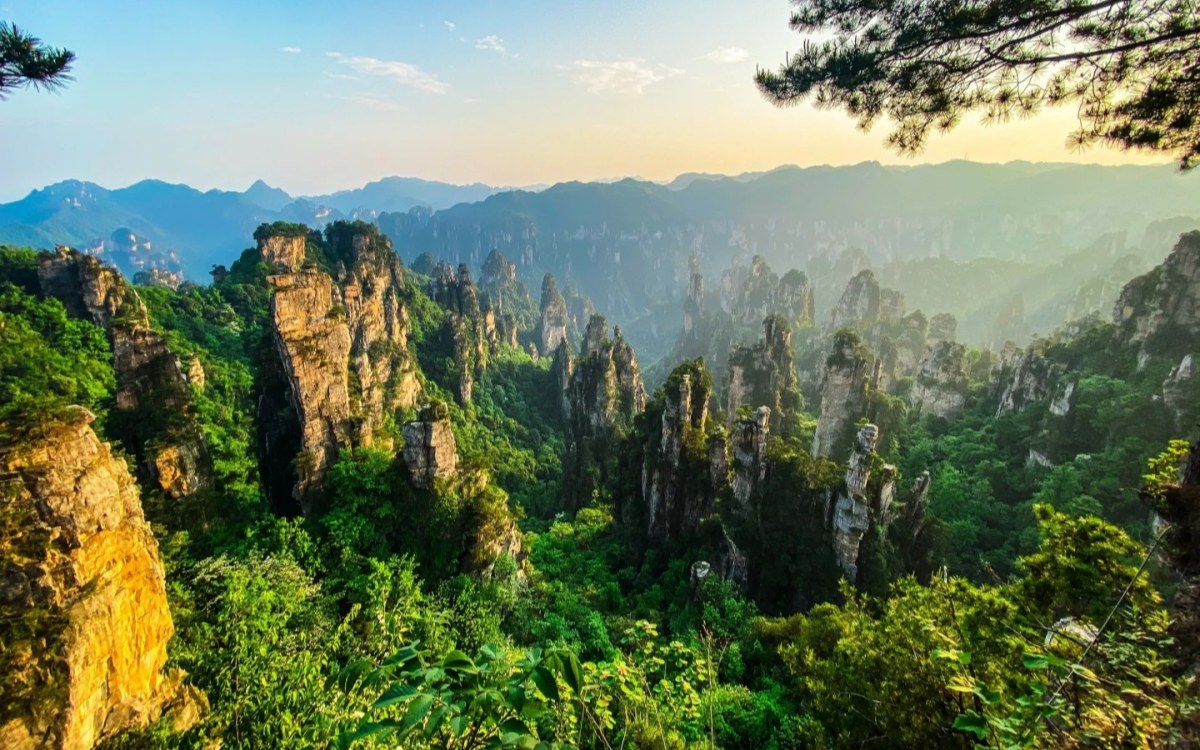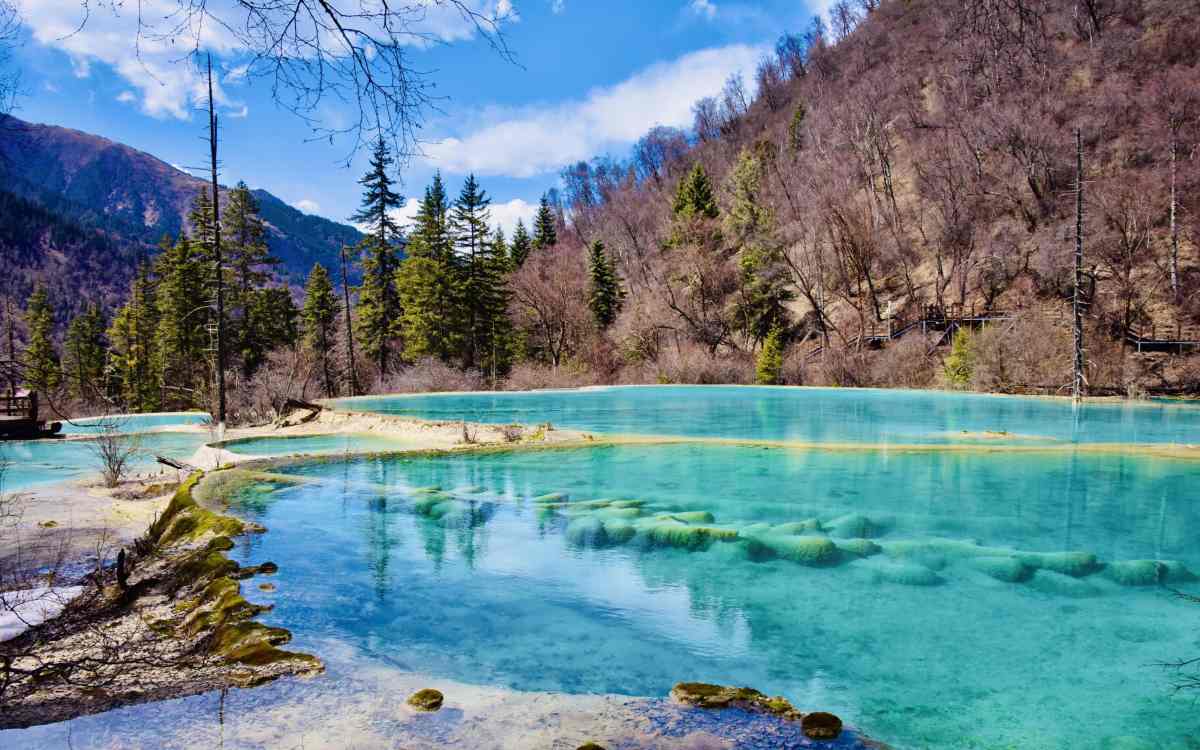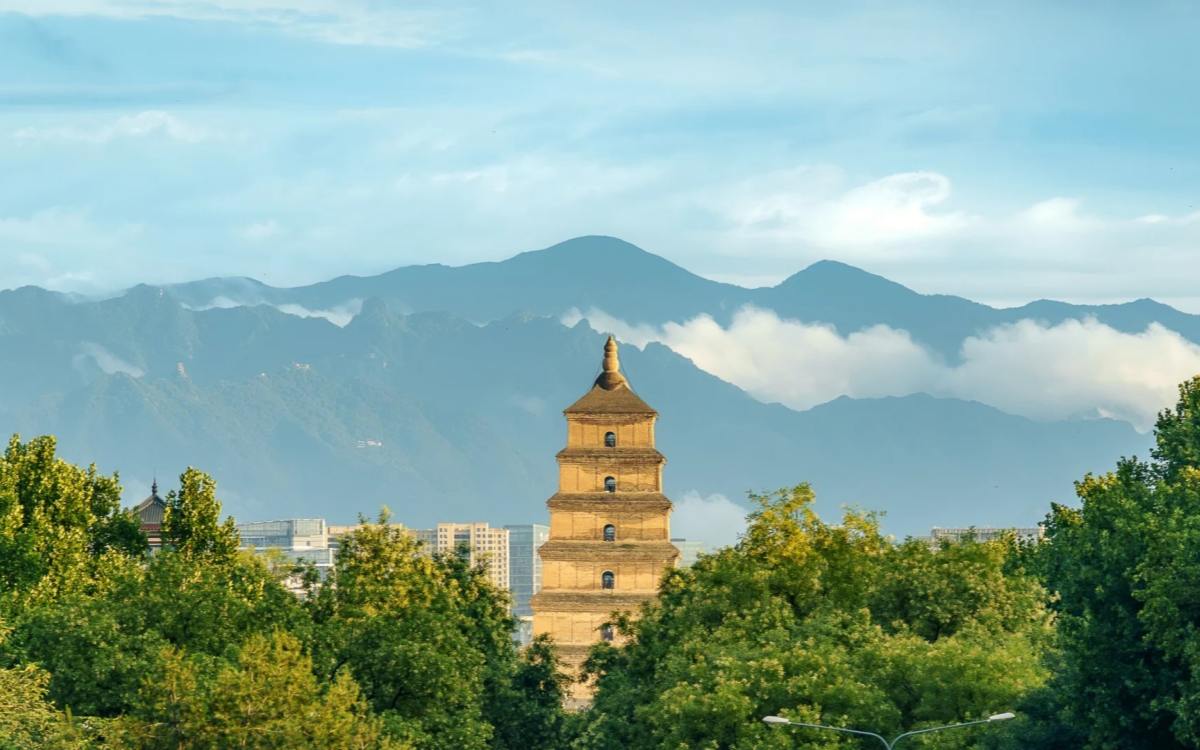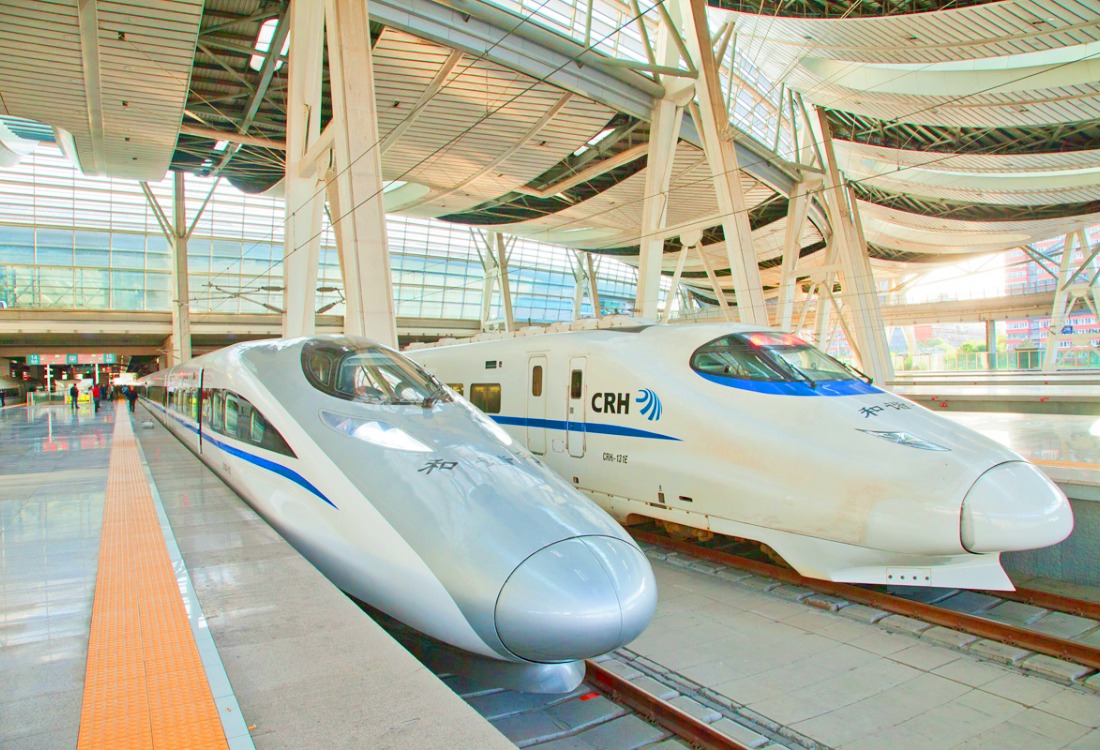Table of Contents
ToggleZhangjiajie is a stunning natural destination in China, famous for its unique mountains and beautiful scenery. It is easy to get there and move around once you arrive. This guide will help you understand the best ways to travel to Zhangjiajie and get around the city and nearby attractions.
Getting to Zhangjiajie
By Air
Flying is often the quickest way to begin your Zhangjiajie adventure. The city is served by Zhangjiajie Hehua International Airport (DYG).
Airport Essentials
- Location: Strategically located just 6 to 6.5 kilometers (about 4 miles) from downtown Zhangjiajie.
- Connectivity: The airport handles numerous domestic flights from major Chinese cities like Beijing, Shanghai, Xi’an, Chengdu, and Changsha. It also accommodates some international flights, primarily from Southeast Asian destinations.
- Proximity to Attractions: Tianmen Mountain is a mere 5 km away, while Zhangjiajie National Forest Park is about 30-40 km (18-25 miles) from the airport.
From Zhangjiajie Airport to City and Attractions
You have several choices to get to the city center, your hotel, or nearby attractions in Zhangjiajie:
- Taxi: A taxi ride to downtown takes about 12-15 minutes and typically costs around 50 RMB. A trip to Wulingyuan (the town near Zhangjiajie National Forest Park) may cost about 150 RMB and take 40-50 minutes.
- Airport Shuttle: Look for Airport Shuttle Line 1 for a direct connection to downtown.
- City Bus: Public Bus Route 4 (e.g., to Chu Jia Tai station) offers an economical option for reaching parts of the city.

By Train
Train travel in China is efficient, comfortable, and offers a chance to see the diverse landscape. Zhangjiajie is well-connected by rail, with two primary stations catering to different needs.
Zhangjiajie Railway Station
- Location: Conveniently situated in the Yongding District, the downtown area of Zhangjiajie city.
- Services: This station primarily serves regular trains (K, T, Z types), connecting Zhangjiajie to cities like Changsha, Beijing, Shanghai, Guangzhou, and Kunming.
- Transfer Hub: The Zhangjiajie Central Bus Station is located right next to it, making transfers to local and long-distance buses very easy. Tianmen Mountain’s lower cable car station is also within walking distance (about 1 km).
Zhangjiajie West Railway Station
- Location: Located in Shadi Village, Yongding District, about 8.7 kilometers (approx. 5.4 miles) from the city center.
- Services: This is the newer station, primarily handling high-speed (bullet) trains (G and D types) and some regular trains. It connects Zhangjiajie to major hubs like Shanghai, Beijing, Guangzhou, and Changsha with faster and more modern services.
- Transport to City: You can take public Bus Route 6 or 17 to reach downtown. A taxi ride to the city center will take about 8-10 minutes.
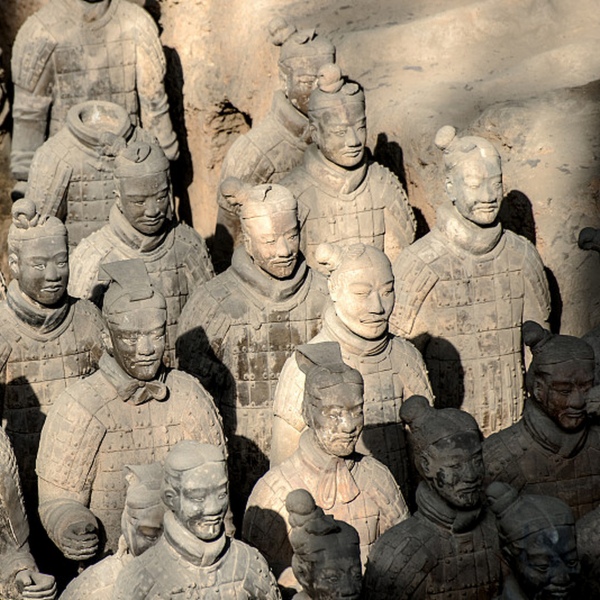
12 Days Ancient China Tour : Beijing Luoyang Xi’an Zhangjiajie
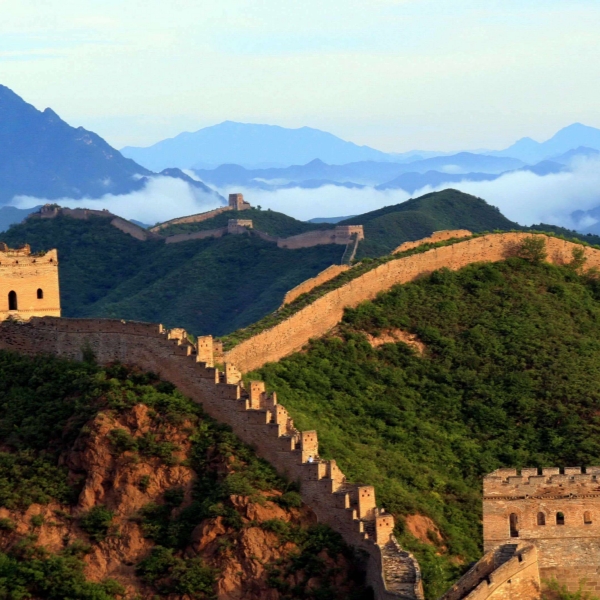
13 Days China Top City Tour : Beijing Xian Zhangjiajie Guilin Shanghai
Arriving by Long-Distance Bus
Long-distance buses are a budget-friendly option for reaching Zhangjiajie, particularly from nearby cities within Hunan province and adjacent regions. While travel times are generally longer compared to flights or high-speed trains, buses offer a practical alternative and serve many destinations not directly connected by rail or air.
For example, a bus journey from Changsha (the provincial capital) to Zhangjiajie typically takes about 4 to 5 hours. Zhangjiajie Central Bus Station is the main terminal for these services.
From Major Cities to Zhangjiajie
- From Shanghai, flying takes about 2.5 hours, and the high-speed train takes around 9 hours.
- From Beijing, flights take about 2.5 hours, and the high-speed train takes around 11 hours.
- From Chengdu, flights take 1 to 1.5 hours, while trains take 7 to 8 hours with a transfer.
- From Changsha, the high-speed train takes 2 to 3.5 hours; buses and regular trains take longer but are cheaper.
- From Hong Kong, flights take about 2 hours, and high-speed trains takes 6.5 hours(Most Recommended). If you want the most straightforward journey, the high-speed train offers the greatest convenience, comfort, and reliability, making it the ideal way to travel from Hong Kong to Zhangjiajie. Since direct flights aren’t available daily and schedules can change frequently, this option makes a good alternative to taking the high-speed train.
Getting Around Zhangjiajie
Once you’ve arrived in Zhangjiajie, exploring the city and its breathtaking surroundings is quite manageable. While Zhangjiajie doesn’t have a subway system, its network of public buses, taxis, ride-hailing services, and shared bikes makes getting around straightforward and generally affordable.
Bus: Public Transportation
City buses are the most economical way to travel within Zhangjiajie. They connect most parts of the city, including hotels, key attractions, and transport hubs. There are over a dozen city bus lines.
Key Bus Stations for Tourists
- Zhangjiajie Central Bus Station (张家界中心汽车站): Located near Zhangjiajie Railway Station, it’s a major hub for local city buses and longer-distance buses to scenic areas like Wulingyuan and other cities.
- Wulingyuan Bus Station (武陵源汽车站): Situated in Wulingyuan town, close to the East Gate (also known as Wulingyuan Gate or Suoxiyu Valley Gate) of the Zhangjiajie National Forest Park.
- Senlin Gongyuan Bus Station (森林公园汽车站): Found near the South Entrance (Zhangjiajie National Forest Park Gate or Luoguta Gate) of the Wulingyuan Scenic Area.
- Zhangjiajie High-Speed Railway Bus Station: Conveniently located next to Zhangjiajie West Railway Station, providing connections to the city and attractions.
Bus Facts
- Fare: Typically very cheap, around 1-2 RMB per ride for most city lines. Tourist buses to scenic areas like Wulingyuan cost more (e.g., ~12-20 RMB).
- Operating Hours: Generally run from early morning (around 6:00 AM) to evening (around 8:30 PM). Frequency is roughly every 10-30 minutes on many routes, depending on the line and time of day.
- Payment: You can pay with cash (exact change is often needed) or use mobile payment apps like WeChat Pay or Alipay. For frequent users, a local transport card might offer a discount.
- Crowds: Buses can get crowded, especially during peak tourist seasons, holidays, and rush hours.
Taxis and Ride-Hailing
Taxis are readily available throughout Zhangjiajie and offer a more direct and comfortable way to travel, especially if you have luggage or are traveling in a small group in Zhangjiajie.
Taxi Tips
- Fares: The starting fare is generally around 5-6 RMB for the first 1.6 km. The per-kilometer rate is about 1.6 RMB, which can increase for trips longer than 10 km (to around 3.2 RMB/km). A typical taxi ride within the city usually costs less than 20 RMB.
- Metering: It’s advisable to ensure the driver uses the meter. For longer trips, such as from downtown or the airport to Zhangjiajie National Forest Park (Wulingyuan town), you might negotiate a fare beforehand. This trip usually costs around 100-150 RMB.
- Ride-Hailing Apps: DiDi Chuxing (China’s equivalent of Uber/Grab) is widely used and highly recommended. Download the app and set it up (linking a payment method) before your trip for easier booking, transparent pricing, and convenient payment.
Special Transport for Tourist Areas
Within the Wulingyuan Scenic Area, you can use free shuttle buses to move between spots like Zhangjiajie National Forest Park, Yuanjiajie, and Tianzi Mountain. There are also cable cars and the famous Bailong Elevator for easier access to mountain areas. For Tianmen Mountain, a cable car and sightseeing buses are available.

Travel Tips for a Smooth Zhangjiajie Experience
- Book in Advance: Secure your flights, train, and accommodation well ahead of time, especially if traveling during peak seasons (April-May, September-October) or Chinese national holidays (e.g., Spring Festival, May Day, National Day Golden Week). Popular attractions like the Glass Bridge or Tianmen Mountain should also be booked early.
- Download Essential Apps: Before you go, install DiDi Chuxing for ride-hailing, and WeChat or Alipay for mobile payments, which are dominant in China. A good VPN service is also recommended for accessing international websites and services. Offline map apps (like Maps.me) and translation apps (like Google Translate with offline Chinese package, or Pleco) are invaluable.
- Carry Some Cash: While mobile payments are king, having some cash (Chinese Yuan, RMB) is useful for smaller vendors, some bus fares if you can’t use mobile pay, or in remote areas with potentially poor connectivity.
- Comfortable Footwear is Non-Negotiable: You will be doing a significant amount of walking, hiking, and standing, often on uneven terrain and stairs. Prioritize comfortable, broken-in walking shoes or hiking boots.
- Check Weather & Pack Accordingly: Zhangjiajie’s weather can be quite variable, with mountainous areas prone to sudden changes. Pack layers, rain gear (a lightweight poncho or umbrella is essential, especially during rainy seasons – typically late spring/early summer), and sun protection (hat, sunglasses, sunscreen).
- Learn Basic Mandarin Phrases: While not strictly necessary in major tourist spots, knowing a few basic Mandarin phrases like “Nǐ hǎo” (Hello), “Xièxie” (Thank you), “Duōshao qián?” (How much money?), or “Zàijiàn” (Goodbye) can be helpful and is often appreciated by locals. Having your hotel address and key destinations written in Chinese characters is also a very good idea.
- Plan for Crowds & Queues: Zhangjiajie is incredibly popular. If possible, try to visit major sights early in the morning or later in the afternoon on weekdays to avoid the largest crowds. Be mentally prepared for queues, especially for cable cars, elevators, and shuttle buses during peak times.
- Stay Connected: Consider getting a local Chinese SIM card upon arrival or an eSIM (if your phone supports it) for reliable data access, which is crucial for navigation, translation, and communication. Public Wi-Fi can be spotty.
- Stay Hydrated and Carry Snacks: Especially when hiking, carry a water bottle (you can often refill it) and some snacks. While there are food stalls in popular areas, options can be limited or pricier on trails.
Zhangjiajie is easy to reach by plane or train from major Chinese cities. Once there, buses, taxis, and bikes make it simple to explore the city and its famous natural attractions. Planning your transport ahead will help you enjoy a smooth and memorable trip.
Start your Zhangjiajie adventure with confidence, knowing how to get there and get around easily!
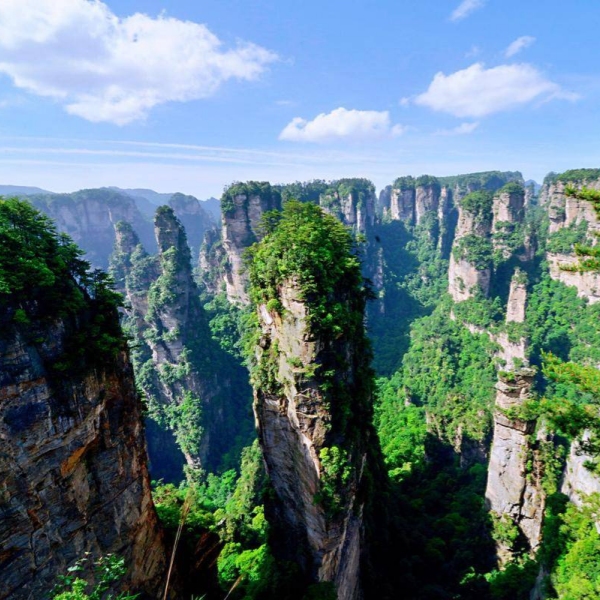
3 Days Zhangjiajie Attractions Tour
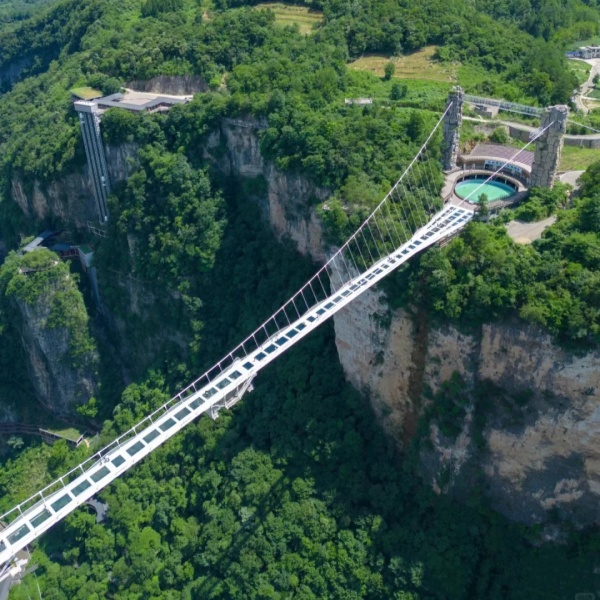
5 Days Zhangjiajie Vacation Tour : National Forest Park
Frequently Asked Questions (FAQ)
What's the absolute best time of year to visit Zhangjiajie?
The prime times to visit Zhangjiajie are during spring (April to May) and autumn (September to October). During these months, the weather is generally pleasant, with mild temperatures, less rainfall compared to summer, and good visibility. Autumn often boasts clear skies and can showcase beautiful fall foliage. It’s wise to avoid major Chinese national holidays like Golden Week (early October) if you prefer to dodge the biggest crowds.
Is English widely spoken in Zhangjiajie?
English proficiency is generally limited among the general population in Zhangjiajie, including many taxi drivers, local restaurant staff, and shopkeepers. However, staff at international chain hotels, major tourist information centers, and some of the counters at attractions may speak some English. It is highly recommended to have a good translation app on your phone (with offline capabilities), carry a bilingual map, or have your destinations and key phrases written down in Chinese characters.
Are there luggage storage facilities available at transport hubs or attractions?
Yes, luggage storage facilities are typically available at Zhangjiajie Hehua International Airport (DYG), Zhangjiajie Railway Station, and Zhangjiajie West Railway Station. Many hotels also offer luggage storage for their guests, even after check-out or before check-in. Some larger entrances to Zhangjiajie National Forest Park might have limited luggage storage options, but it’s best to confirm this beforehand or, more conveniently, leave larger luggage at your hotel in Zhangjiajie city or Wulingyuan town.

